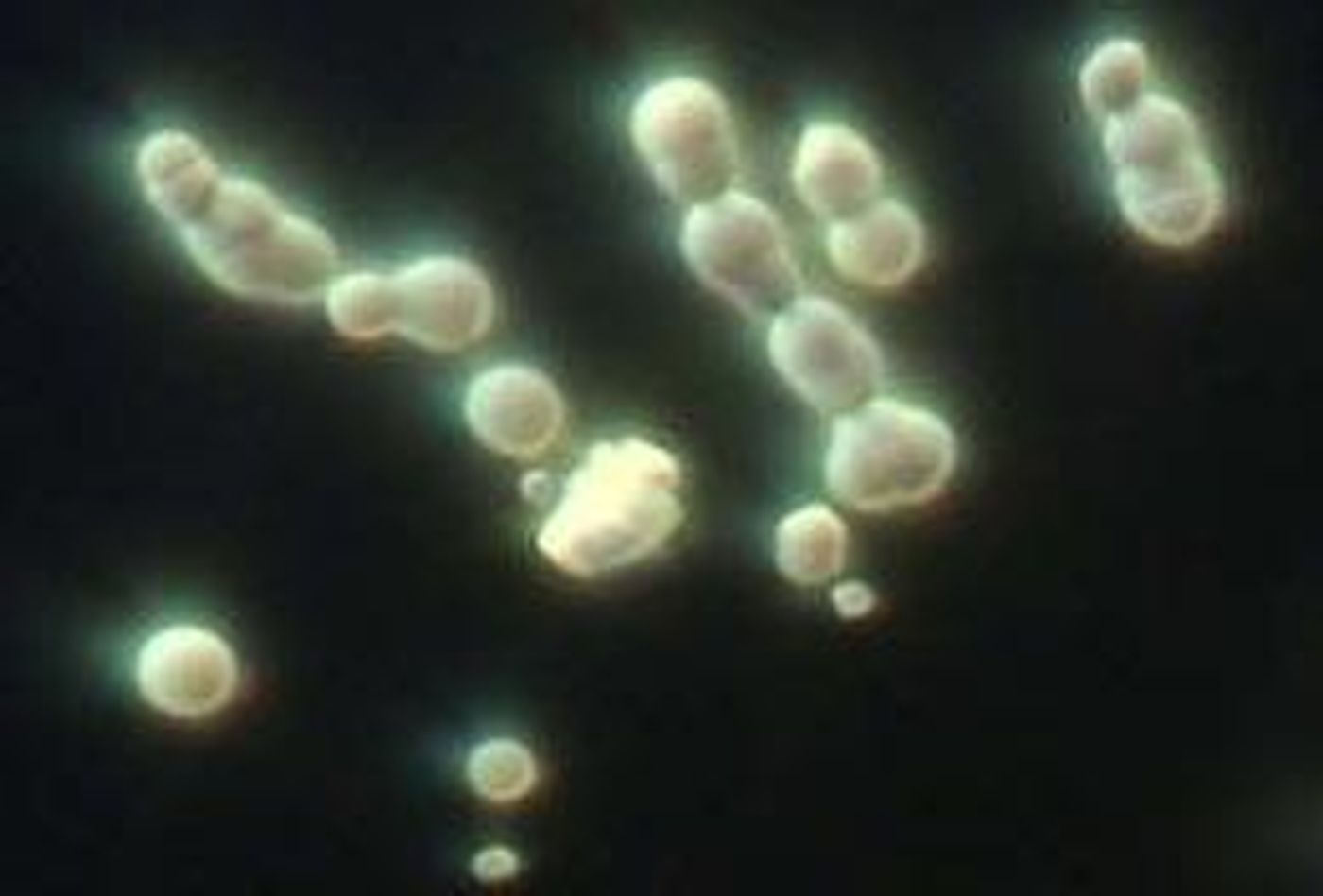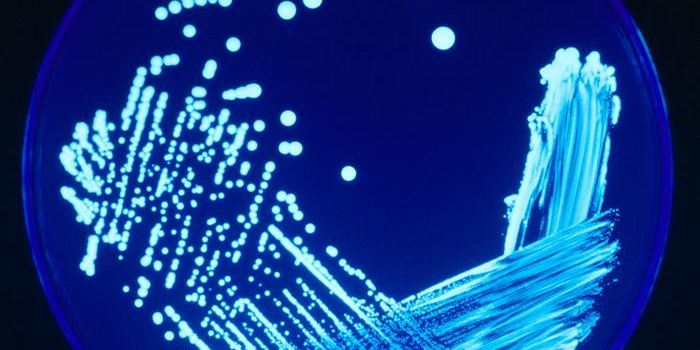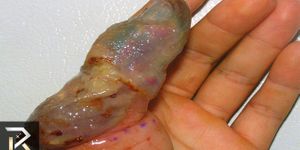Nanobacteria were proposed to be, as the name suggests, nano-sized bacteria. Researchers tend to agree that cells must be larger than 200 nm in diameter to house all the components required for life. Nanobacteria, however, measure in at around 50 nm in diameter.
Were proposed being the key words. These little guys were first described in the 1980s and seem to have gained fame throughout the 90s.
In 1989, Robert L. Folk suspected that bacteria helped form travertine deposits in hot springs. He reported finding “nanoparticles” associated with the geological specimens. A little later, in 1998, researchers predicted that nanobacteria were the causative agents of certain “pathological calcifications”, like kidney stones. Interestingly, these investigators reported that the nanoparticles replicated like bacteria. Thus, they were dubbed Nanobacterium sanguineum.
By 2000, however, things started going downhill - the nanobacteria hypothesis started to die. NIH researchers reported that these particles weren’t “replicating” at all; what appeared to be bacterial replication was actually crystalline growth. Between 2004 and 2007, groups from the Mayo Clinic and the University of Szeged had isolated similar particles from kidney stones and atherosclerotic human arteries. Problem is, no genetic material could be isolated from these nanobacteria.
Then came a piece published by Michael Hopkin in Nature in 2008. Hopkin recounts how Jan Martel from Chang Gung University and John Young from Rockefeller University “created” nanobacteria by combining human serum with calcium carbonate. When they compared their creations to nanobacteria isolated from human blood, they were identical.
According to Young, “nanobacteria have been heralded as the smallest cellular forms on Earth and as candidates to explain how cellular life began on Earth and other extraterrestial bodies, like meteorites and Mars … Our results clearly disprove that nanobacteria are living organisms. We have shown that all the previous vast body of literature on nanobacteria can actually be explained by a chemical and abiotic mechanism involving the simple deposition of limestone or calcium carbonate. I am pretty confident this will put an end to the biotic mechanism for nanobacteria.”
Dry your eyes, my friends. That wasn’t the end of the nanobacteria. Even though nanobacteria aren’t actually bacteria, there’s reason to believe they are involved in different disease processes. As Young puts it, these particles “aggregate like crazy”. This means they may be responsible for forming kidney stones or causing extra-skeletal calcification - a painful condition that causes “bone” to form in tendons and other parts of the body.
While I wish nanobacteria were actually bacteria, they’re still a pretty nifty phenomenon that may significantly impact human health. Not to mention, they’re proof to always be wary of data that sound too good to be true.
Sources: Nature,
PNAS,
Wikipedia,
Phys.org,
SERC









